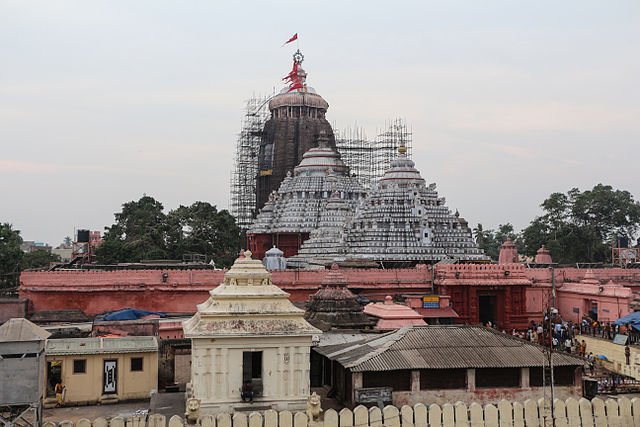The committee has suggested ticket system for the devotees, especially in the morning and evening hours. There will be no ticket system during the remaining hours of the day. However, the queue system should be made mandatory to avoid the extra rush. There should be a separate queue for the devotees with the tickets provided by the temple administration and another for senior citizens, physically challenged and locals, the report said. It has suggested Simhadwara as the entry point for devotees, who then leave the temple premises through the other gates. For ‘mandira parikrama’ (going around the four sides of the temple), there should be lighting arrangements on the outer side of the boundary wall with toilet and sitting arrangements for the devotees.
There should be no temporary shops and begging on the pedestrian zone, while the watch, mobile and shoe stands should be set up at the queue complex outside the temple, the report further said.
Besides, the pedestrian zone can also be developed into a heritage zone in line with the Golden Temple in Amritsar. Barring the VVIP vehicles, no vehicles would be allowed inside the pedestrian zone, it added.
To stop the practice of donation by the devotees, the committee has suggested setting up of hundis (donation box) at different locations outside the temple.
To determine the entry of the devotees into the temple, the committee informed the apex court that the Shree Jagannath Temple Administration (SJTA) can implement the system prevalent in Tirupati and Vaishno Devi temples.
On the average entry of devotees into the Jagannath Temple, the committee said that about 70,000 devotees visit the temple every day of which about 10,000-15,000 devotees, mostly the elderly, come calling in the morning and the evening hours. The number of the devotees goes up to about one lakh on the last day of the week and about 3.5 lakh flock to the temple during Kartik Purnima, Panchuka and New Year. During Rath Yatra, about 30 lakh devotees from different parts of the country and abroad throng Puri.
The committee, in its report, has mentioned the practice of rituals and traditions of the temple for over 800 years by about 100 sections of the servitors. Most of the servitors have been empowered to perform hereditary services. The servitors, whose number has gone to about 2200, perform the rituals of the Lords in shifts.
The report has also mentioned ‘Mahaprasad’, the cooked food for the Lords, prepared by the Suaras, a section of the servitors, three times in a day. The temple administration which provides raw materials for preparation of Mahaprasad does not monitor temple kitchen according to the tradition, it added.
The committee submitted its report to the apex court after visiting the Tirupati and Vaishno Devi temples and will submit the next after touring the Somnath and Dwarika temples by the end of September this year.
The Supreme Court had directed the Odisha government to form a committee to study the practices followed by the administration of other religious shrines like the Vaishno Devi, Somnath Temple and Golden Temple, and incorporate these in the management of the Jagannath Temple.
The apex court has appointed senior advocate Gopal Subramanium to assist the court in framing guidelines for managing the affairs of the Puri temple.


Comments are closed.